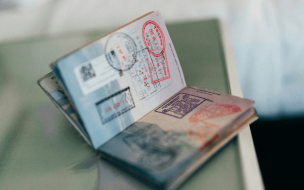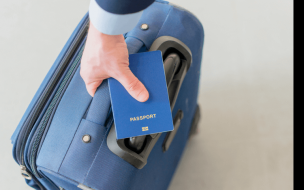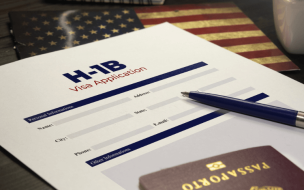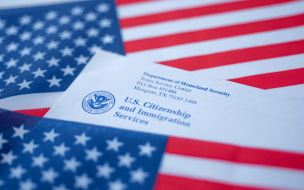The F-1 visa is the required non-immigrant visa type for foreign nationals hoping to study at business schools in the US. It is widely used by MBA and business master's students each year.
Compared to a 15% refusal rate in 2014, approximately 36% of student visas were denied in 2023. This has significant economic repercussions according to David J. Bier, associate director of immigration studies at The Cato Institute, who revealed the news via a post on The Cato Institute Blog.
“The US Department of State turned down 253,355 students who would have likely paid roughly $30,000 per year or $7.6 billion per year in tuition and living expenses. Over four years that number rises to $30.4 billion in lost economic benefits to the United States,” Biers wrote.
The State Department has not clarified the reasons for such high student visa denials, but nearly all denials are for failing to prove “non-immigrant intent”. This means that applicants fail to demonstrate a strong desire to return to their home country following their studies. For students who aim to stay longer in the US but lack the economic and social ties of more established visa applicants, proving non-immigrant intent is particularly challenging.
The State Department has not released the denial rate by nationality for the last two years, but the sudden rise in Indian applicants for F-1 visas may be an influential factor. Indian applicants, who are historically more likely than Chinese students to be refused a visa, accounted for a record 29% of all visa issuances in 2023, potentially increasing the worldwide average of refusal rates.
There have been additional concerns about how Consular Affairs handles visa interviews, with some lasting less than two minutes.
“If it seems likely that a visa applicant might overstay their welcome, consular officials have a wide latitude for denial and they are almost never going to be punished for saying no,” one US immigration lawyer said an interview with The PIE News.
High tuition fees for international students help subsidize the cost of enrolling domestic students. As F-1 visa applicants must be accepted into a government-approved university before they apply, education professionals are expressing frustration about economic and cultural losses caused by high visa denial rates.
In 2021, State Department officials attempted to lower standards of evidence for a student visa to the level that existed before 2016. The high level of visa refusal today shows this wasn’t enough to increase visa issuance.
NAFSA, the association for international educators, has been campaigning to expand dual intent for F-1 visa applicants. This would allow students to express an interest in relocating permanently to the US after their studies, without impacting their chances of attaining a visa.
Visa applications are a significant investment of time and resources, costing upwards of $1,000 for the application, English proficiency tests and the SAT, as well as other hidden costs. As a result, educators display growing concern about the negative effect of visa denial rates on the US’ reputation as an attractive study destination, potentially driving prospective students to apply elsewhere.
Source: The Cato Institute








